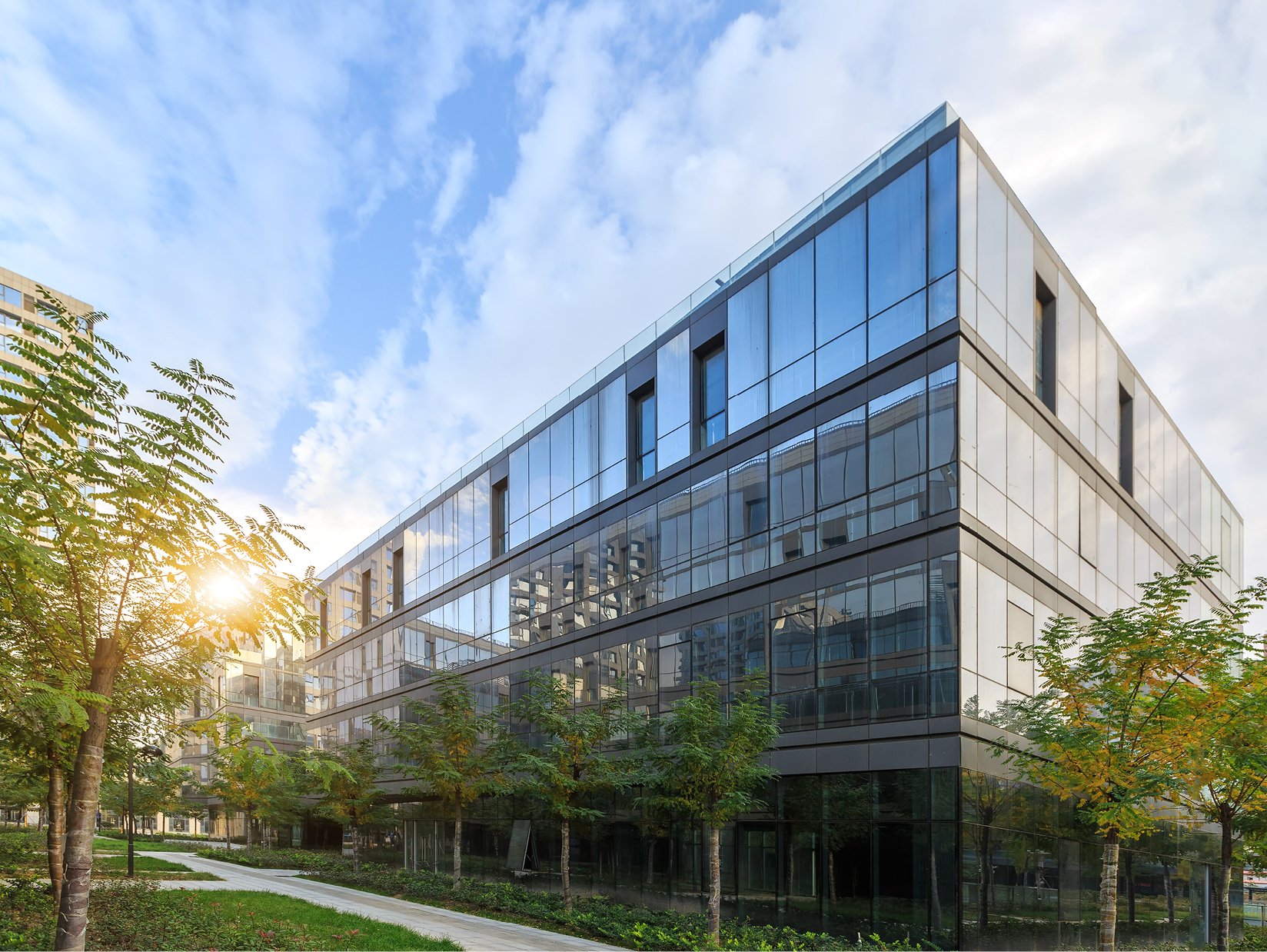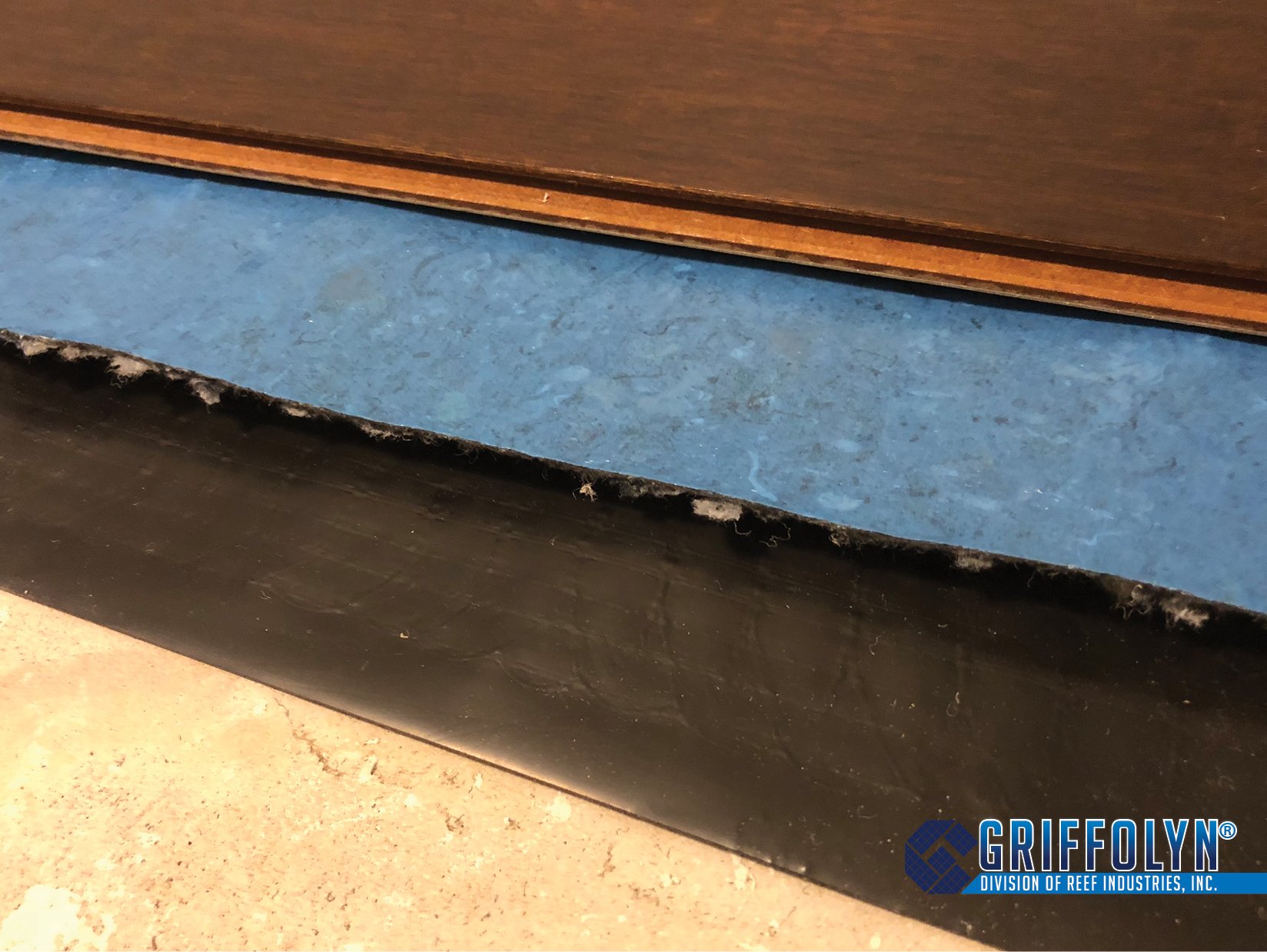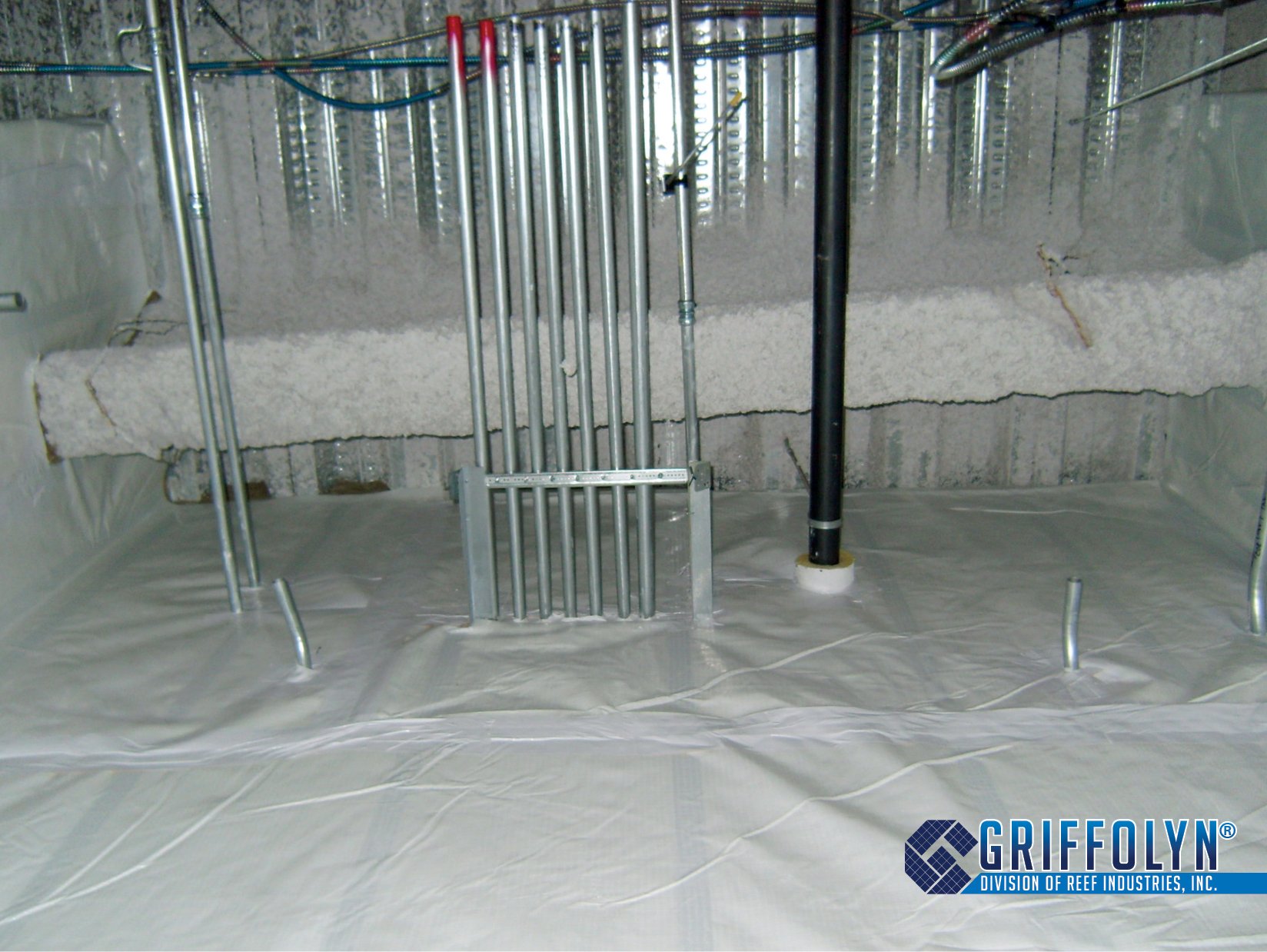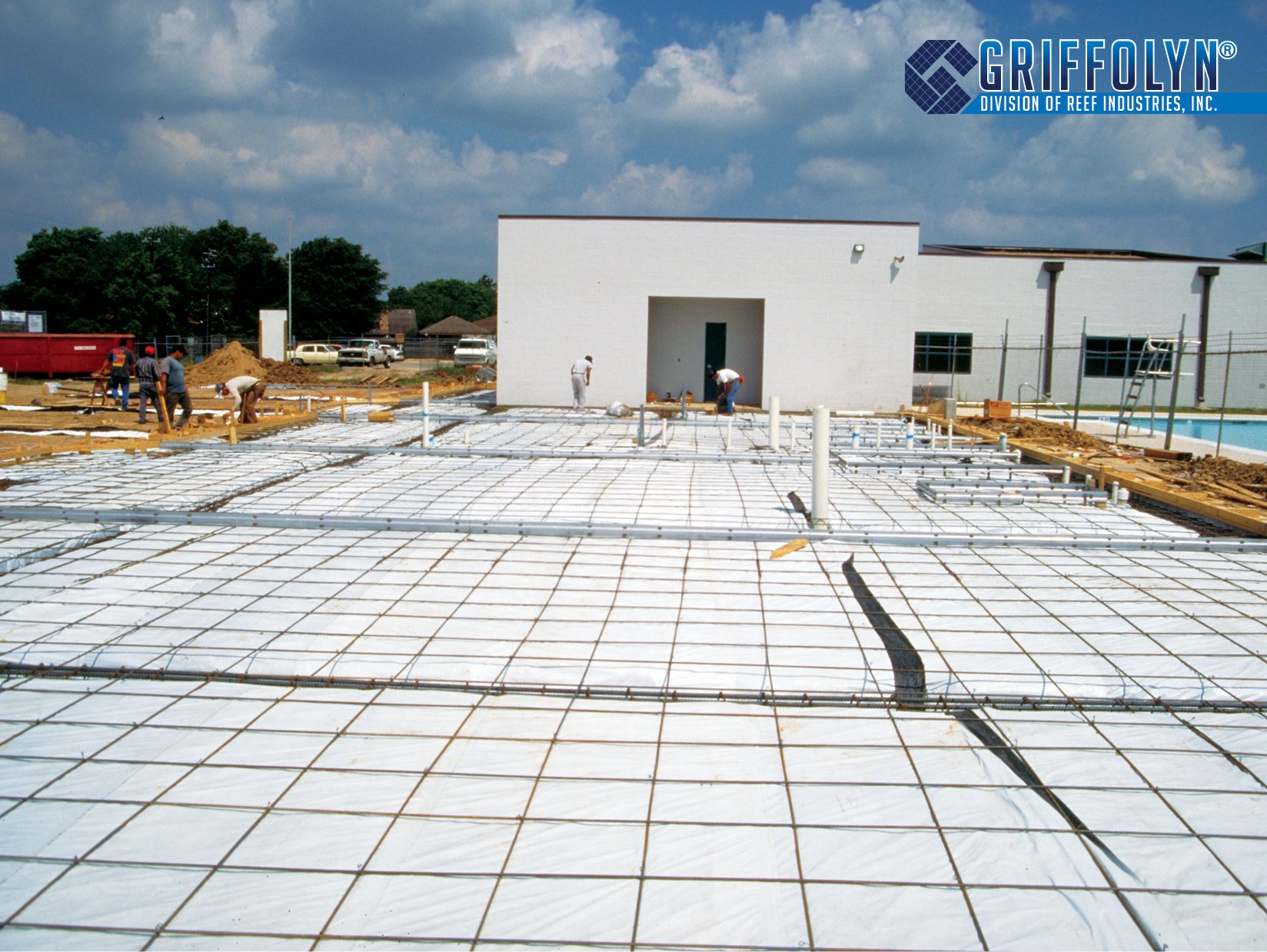Moisture in Modern Buildings
Moisture in Modern Buildings by Reef Industries, Inc.
Most building materials are permeable to moisture. More recently, buildings are being built more tightly which adds to the need for moisture control. Porous materials that become saturated with moisture lose their insulating ability and may not regain it when dry. Walls are particularly susceptible, and moisture migration should be prevented or minimized by use of low permeance membranes, called vapor retarders (formerly referred to as vapor barriers).
A vapor retarder is a material that has a flow rating of one perm or less. The permeability of one perm is often still too high for a vapor retarder to be effective in most building applications. Generally, vapor retarders should be installed as close as possible to the side of the assembly through which moisture enters.
Permeability, Strength, Durability
Low permeability, high strength, and durability are the primary selection and specification criteria. Vapor retarders should be selected according to their intended performance, as determined by recognized, industry test methods.
The investment made in selecting and specifying a vapor retarder system during the design and construction process is only pennies per square foot. The cost of corrective measures has proven to be many dollars per square foot.
Sources of Vapor Retarder Problems
By understanding some of the pitfalls surrounding the effective installation of vapor retarders, specifiers can head off potential problems and failures. Contractors must install vapor retarder systems correctly by following the manufacturer’s installation recommendations. Some of the most common problems of vapor retarder systems include:
Placing concrete on a vapor retarder rather than an absorptive base such as sand or gravel increases the water's “bleeding” period. Concrete finishers sometimes poke holes in the vapor retarder to allow water to disperse so they can start work sooner.
Vehicular traffic before and during concrete placement can rip thin, non-reinforced plastic sheets or cause underlying sharp aggregate to make thousands of tiny perforations in the vapor retarder material.
Unsealed openings may occur along lapped edges of the vapor retarder, at intentional penetrations for pipes, conduits, outlet boxes, and at the floor-wall intersection. The vapor retarder should be pulled up and sealed to the footing or foundation wall.
The amount of moisture vapor that can pass through the membrane (permeance) is especially important in applications where there will be a substantial interior/exterior difference in temperature, humidity, or vapor pressure. Many “solid” building materials such as wood, brick, concrete, or gypsum board offer little moisture protection due to their porous nature and require vapor barriers in such critical applications.
The Importance of Moisture Control
Moisture will flow through gaps in seams and around pipe penetrations just as readily as it does through tears in the membrane. There are several levels of permeance to choose from to meet the specific project demands for roofing, wall & ceiling, and under-slab applications. The high strength of the Griffolyn® reinforced membrane helps ensure that field performance is consistent with the lab-tested perm rating. The most effective way to minimize moisture transmission through leaking field seams is to eliminate the seams altogether.
Author: Reef Industries, Inc.
Cover image by Reef Industries, Inc,












